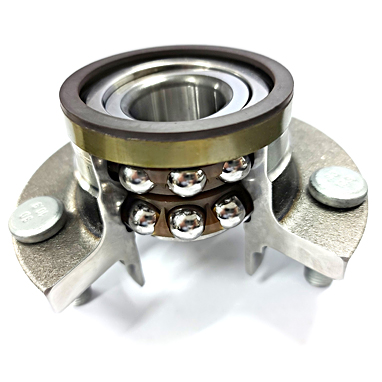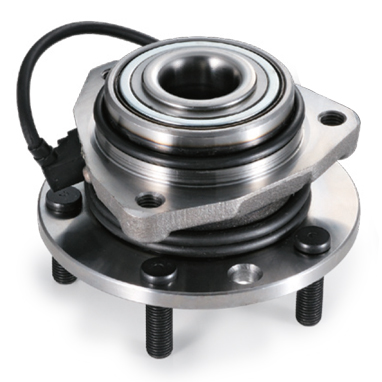


GMB Korea Corp. Head Office
618, Ungnam-ro(Seongsan-dong), Seongsan-gu, Changwon-si, Gyeongsangnam-do, Korea
T +82-55-263-2131~5 F +82-55-261-1926 E sales@gmb.co.kr
COPYRIGHT (C) 2020 GMB Korea Corp. ALL RIGHTS RESERVED
GMB Korea Corp. Head Office
618, Ungnam-ro(Seongsan-dong), Seongsan-gu, Changwon-si,
Gyeongsangnam-do, Korea
T +82-55-263-2131~5 F +82-55-261-1926
E sales@gmb.co.kr
COPYRIGHT (C) 2020 GMB Korea Corp. ALL RIGHTS RESERVED





